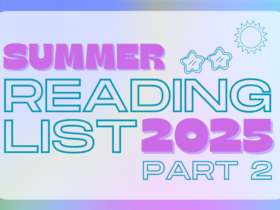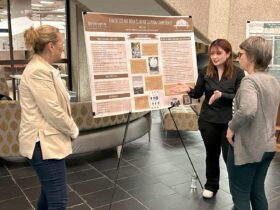The Libraries recognize October as Filipino American History Month through this list of recommended books in our collections. This month marks the anniversary of the first record of Filipinos in the Americas in October 1587, celebrating the contributions of the second-largest Asian American community in the United States. These titles highlight approaches to classroom inclusion, immigrant stories and perspectives on gender and sexuality. We encourage you to read works by and about Filipino American experiences this month and throughout the year!
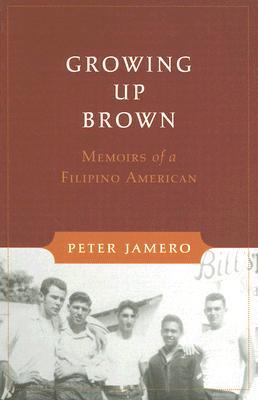
Growing Up Brown: Memoirs of a Filipino American by Peter M. Jamero, Sr.
Peter Jamero’s story of hardship and success illuminates the experience of what he calls the bridge generation– the American-born children of the Filipinos recruited as farm workers in the 1920s and 30s. Their experiences span the gap between these early immigrants and those Filipinos who owe their U.S. residency to the liberalization of immigration laws in 1965. His book is a sequel of sorts to Carlos Bulosan’s America Is in the Heart, with themes of heartbreaking struggle against racism and poverty and eventual triumph. Jamero describes his early life in a farm-labor camp in Livingston, California and the path that took him, through naval service and graduate school, far beyond Livingston. A longtime community activist and civic leader, Jamero describes decades of toil and progress before the Filipino community entered the sociopolitical mainstream. He shares a wealth of anecdotes and reflections from his career as an executive of health and human service programs in Sacramento, Washington, D.C., Seattle and San Francisco.
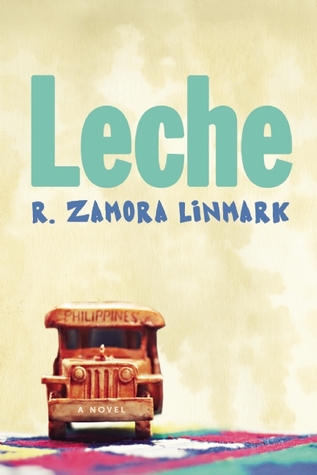
Leche: A Novel by R. Zamora Linmark
After thirteen years of living in the U.S., Vince returns to his birthplace, the Philippines. As he ventures into the heat and chaos of the city, he encounters a motley cast of characters, including a renegade nun, a political film director, arrogant hustlers and the country’s spotlight-driven First Daughter. Haunted by his childhood memories and a troubled family history, Vince unravels the turmoil, beauty and despair of a life caught between a fractured past and a precarious future.
Witty and mesmerizing, this novel explores the complex colonial and cultural history of the Philippines and the paradoxes inherent in the search for both personal and national identities.

The “Other” Students: Filipino Americans, Education, and Power edited by Dina C. Maramba and Rick Bonus
Though the Filipino American population has increased numerically in many areas of the United States, especially since the influx of professional immigrants in the wake of the 1965 Immigration Act, their impact on schools and related educational institutions has rarely been documented and examined. The Other Students: Filipino Americans, Education and Power is the first book of its kind to focus specifically on Filipino Americans in education. Through a collection of historical and contemporary perspectives, we fill a profound gap in the scholarship as we analyze the emerging presence of Filipino Americans both as subjects and objects of study in education research and practice. We highlight the argument that one cannot adequately and appropriately understand the complex histories, cultures and contemporary conditions faced by Filipino Americans in education unless one grapples with the specificities of their colonial pasts and presents, their unique migration and immigration patterns, their differing racialization and processes of identity formations, the connections between diaspora and community belonging and the various perspectives offered by ethnic group-centered analysis to multicultural projects.
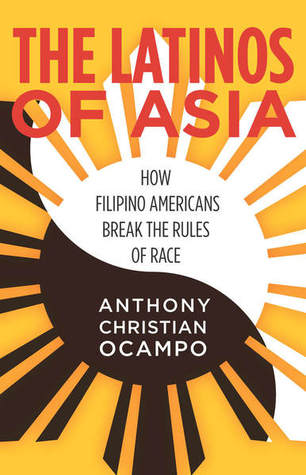
The Latinos of Asia: How Filipino Americans Break the Rules of Race by Anthony Ocampo
Is race only about the color of your skin? In The Latinos of Asia, Anthony Christian Ocampo shows that what “color” you are depends largely on your social context. Filipino Americans, for example, helped establish the Asian American movement and are classified by the U.S. Census as Asian. But the legacy of Spanish colonialism in the Philippines means that they share many cultural characteristics with Latinos, such as last names, religion, and language. Thus, Filipinos’ “color”–Their sense of connection with other racial groups–changes depending on their social context. The Filipino story demonstrates how immigration is changing the way people negotiate race, particularly in cities like Los Angeles where Latinos and Asians now constitute a collective majority. Amplifying their voices, Ocampo illustrates how second-generation Filipino Americans’ racial identities change depending on the communities they grow up in, the schools they attend and the people they befriend. Ultimately, The Latinos of Asia offers a window into both the racial consciousness of everyday people and the changing racial landscape of American society.
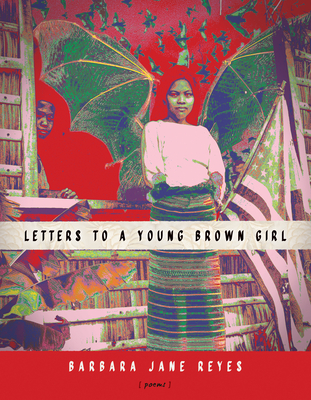
Letters to a Young Brown Girl: Poems by Barbara Jane Reyes
Barbara Jane Reyes answers the questions of Filipino American girls and young women of color with bold affirmations of hard-won empathy, fierce intelligence, and a fine-tuned B.S. detector. The Brown Girl of these poems is fed up with being shushed, with being constantly told how foreign and unattractive and unwanted she is. She’s flipping tables and throwing chairs. She’s raising her voice. She’s keeping a sharp focus on the violences committed against her every day, and she’s writing through the depths of her “otherness” to find beauty and even grace amidst her rage. Simultaneously looking into the mirror and out into the world, Reyes exposes the sensitive nerve-endings of life under patriarchy as a visible immigrant woman of color as she reaches towards her unflinching center.
Summaries of books are quoted from publisher information.



